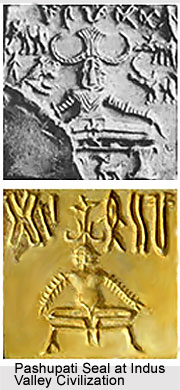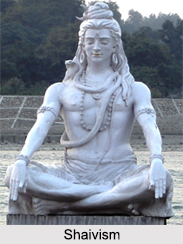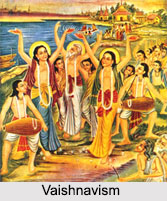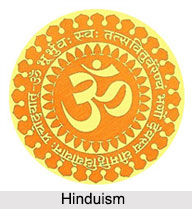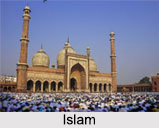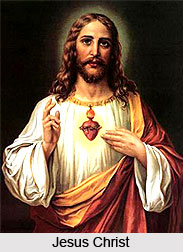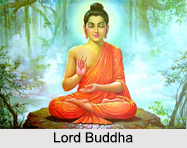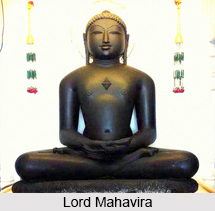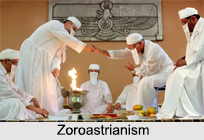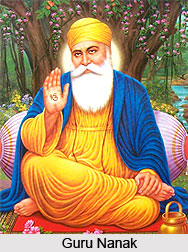Shri Kalikund Parshvanatha Digambar Jain Kshetra located in Kundal in Maharashtra is a Jain pilgrimage centre. It is a Siddha Kshetra i.e. Place of Salvation. The temple is dedicated to Lord Parshvanatha, the twenty-third Tirthankara of the Jain religion.
History of Kundal
According to history Kundal is an ancient place and earlier it was known as Koundinyapur. This place is famous for the innumerable debate competitions that were organized and won by Acharya Samantbhadra by defeating many learned people. Kundal is more than 1600 years old. It is believed that the Samavsharan of Lord Parshvanatha and Lord Mahavira came here. As per legend the last Shrutkevali, Poojya Shridhara Muni attained Moksha here thus getting rid of the cycle of life. The place is associated with many miracles and legends. Devotees come from different places to offer worship to the Lord. It is believed that due to the miraculous power of the lord the wishes of the devotees get fulfilled. As per a legend once a son of king died due to some disease. The grief stricken queen then prepared an idol of Parshvanatha and goddess Padmavati of sand. With full devotion she began praying to the deities. It is said that due to her dedication and love her son became alive. Another same miracle is also related to the story of King Satyeshwar and Queen Padmashri of Koundinyapur.
Temple of Kalikund Parshvanatha Digambar Jain Kshetra
The temple of Kalikund Parshvanatha Digambar Jain temple is the main Jinalaya located here. The temple is dedicated to Lord Parshvanatha. The sand made idol is 5 feet 4 inch in height and is black in colour. The temple walls are beautifully decorated with images of goddesses with their hands joined. The idol of Lord Parshvanatha was installed in the temple in V.S. 964. Apart from this the idol of Lord Mahavira was unearthed from the ground in year 1978 A.D. The idol is seated in a padmasana posture.
Apart from these there are many other temples located here. There are three constructed here that are dedicated to Lord Parshvanatha. One of them is the Kalikund Parshvanatha. The second temple houses the idol of Shri Jhari Parshvanatha. The Jhari Parshvanatha temple is located in a cave on a hill that is at a distance of 2 km ahead of a village. It is known as Jhari Parshvanatha as all through the year water keeps flowing under the feet of idol. A pond is situated on the right side of the idol which is the source of this water. Along with this idol another attractive four armed idol of Goddess Padmavati is also installed in the temple.
The third temple located here is dedicated to Shri Giri Parshvanatha. It is positioned on a plateau known as Tapobhumi. This plateau is almost4-5 km ahead from village. The idol of Parshvanatha is 1 metre in height and is surmounted by seven serpent hoods. It is seated in a padmasana posture. Apart from this one can also see the foot images of Shridhara Muni here. This is believed that Samavsharan of Bhagwan Parshvanatha also came here.
Kalikund Parshvanatha Digambar Jain Kshetra is surrounded by scenic beauty that is enthrals the heart of the pilgrims. The calm and soothing Krishna River flowing through the Jhari Parsvanath Mandir enhances the beauty of the place. An Annual festival is organized here every year on the last Monday of Shravan Month. The temple has provisions for dharamshalas or rest houses for the pilgrims. These are well equipped with all modern facilities.
Kalikund Parshvanatha Digambar Jain Kshetra is well connected with road, rail and air. Busses are available from Sangli to Kundal. The Kirloskarvadi Railway Station is the nearest station on Pune-Miraj Railway Line. Busses and Auto Rickshaw are available from here. The nearest airport is situated at Sangli at a distance of 50 km and Kolhapur at a distance of 75 km from here.
